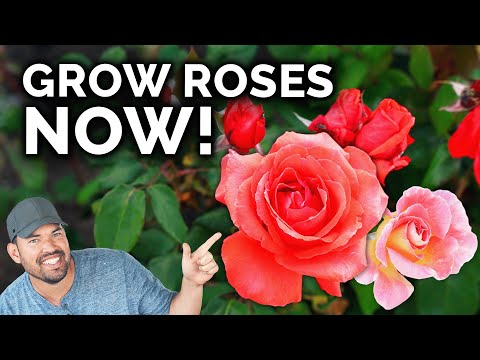Whether you’re looking to increase the beauty of your garden or you want to grow healthier vegetables, you can’t go wrong with planting some flowers in your vegetable garden! Adding diverse flowering plants provides food and shelter for predatory insects and pollinators that help your veggies thrive. That means you can spend less time controlling pests and more time enjoying your garden.
These beautiful plants supply cut flowers for arrangements and provide unique plant families that make proper crop rotation easier. If you’re not sure what type of flower to add to your veggie garden, start with this list.
Bachelor’s Button
Also known as cornflowers, bachelor’s buttons are annual flowers that are easy to direct sow in your garden. They produce round, ruffled flowers ranging from the periwinkle blooms of ‘Blue Boy’ to the deep purple flowers of ‘Black Magic.’ The dainty blooms hold up well in arrangements, so they’re a great option if you want to enjoy bouquets along with your vegetables.
Not only are the flowers beautiful, but they also help support insects that benefit your vegetable plants. The plants continue to produce blooms from spring through fall, supporting pollinators like bees and butterflies and predatory insects, including green lacewings and parasitic wasps. Since the colorful blooms are edible, you can add them to your salads and baked goods.
Bachelor’s button plants are easy to grow and care for, so they’re a great option for beginner gardeners. However, since these plants can grow multiple feet wide, make sure they can spread without taking over other plants.
Bee Balm
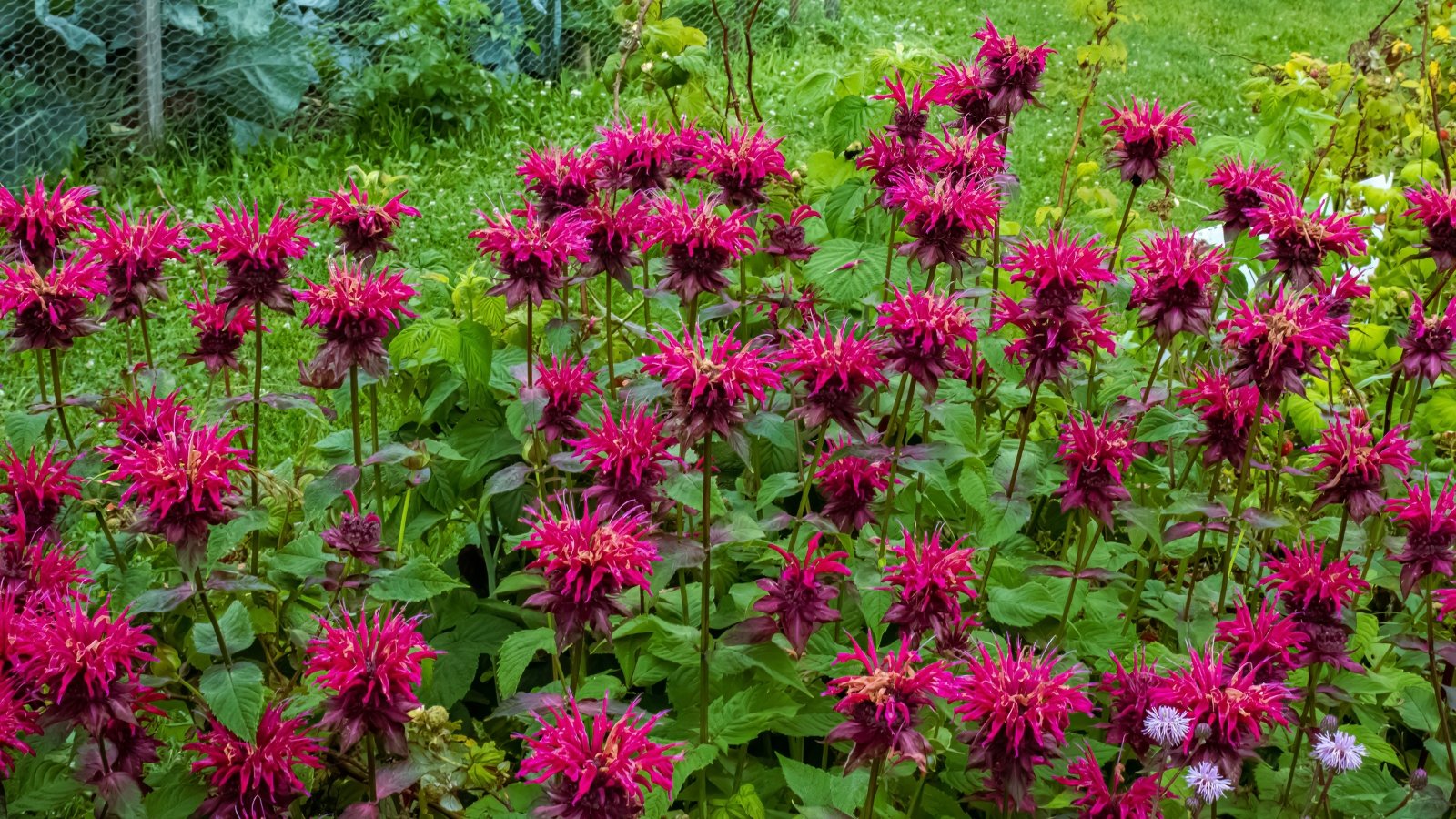
One of my favorite native flowers, bee balm is a great addition to any vegetable garden. The large flowers act as pollinator magnets, attracting everything from butterflies to bumblebees to hummingbirds. Therefore, planting bee balm in your veggie garden will help improve the pollination and fruit set of vegetable crops.
Since bee balm is a perennial, think carefully about your great garden layout before planting. I recommend planting it near the edge of your garden so it doesn’t encroach on vegetable crops. Another option is to mix the monarda plants with perennial herbs like rosemary, oregano, and sage.
People use the common name bee balm to refer to numerous species in the Monarda genus. So, if you’re looking for a plant native to your area, research a particular species that grows in your region.
Borage
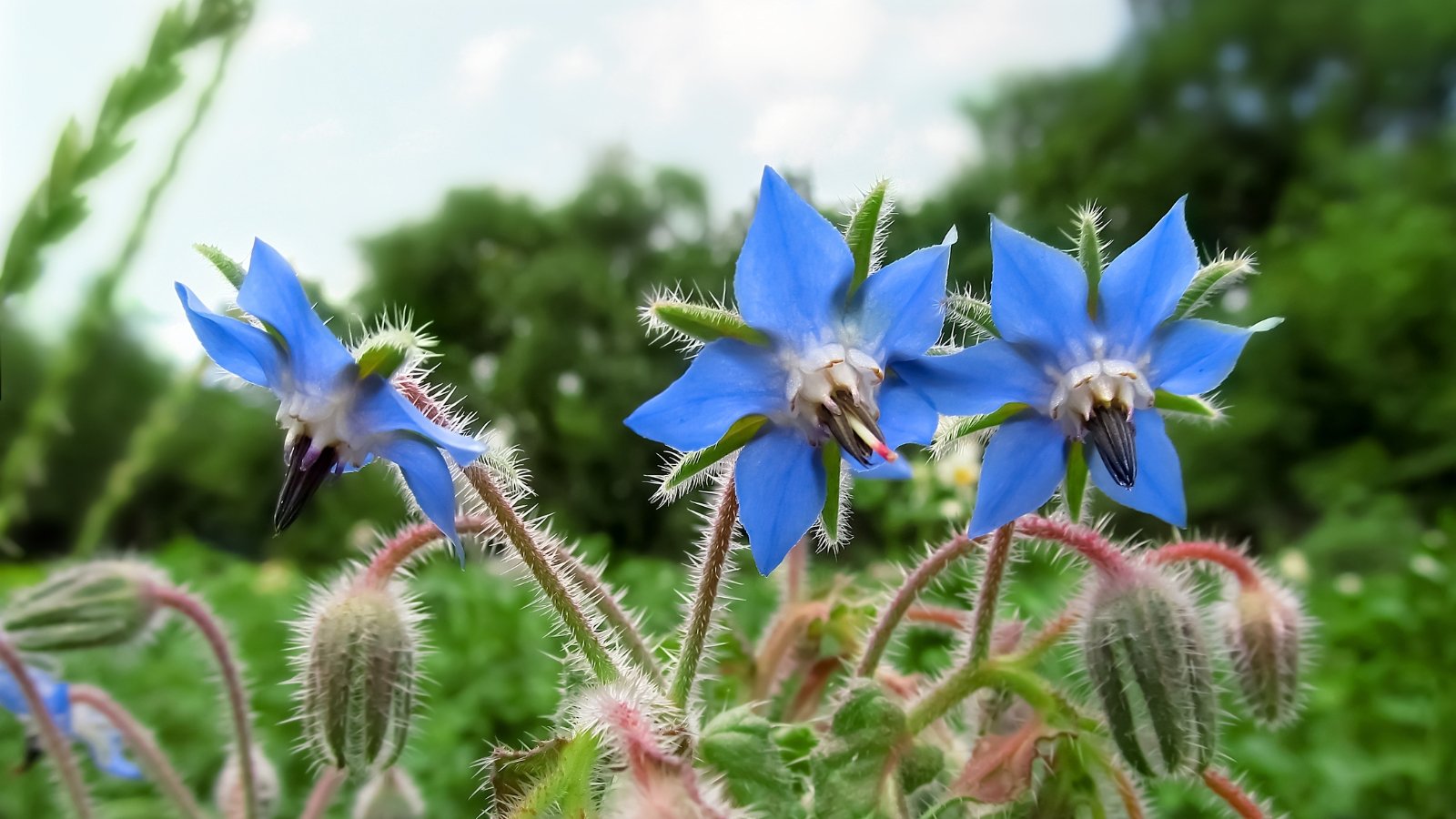
While many flowers are edible, few taste as good as borage! These tiny, light blue and pink flowers have a refreshing cucumber-like flavor, making them a beautiful and delicious addition to salads, drinks, and more.
Humans and bees aren’t the only ones who love borage flowers— the tiny blooms also attract beneficial predatory insects, including hoverflies, parasitic wasps, and tachinid flies. These tiny insects attack common pests like aphids, cabbage worms, and cucumber beetles, so planting borage near vegetables can decrease pesticide use.
While borage is an annual, the plants readily self-seed. So, if you let the flowers mature, expect to see borage seedlings in the following years.
Butterfly Weed
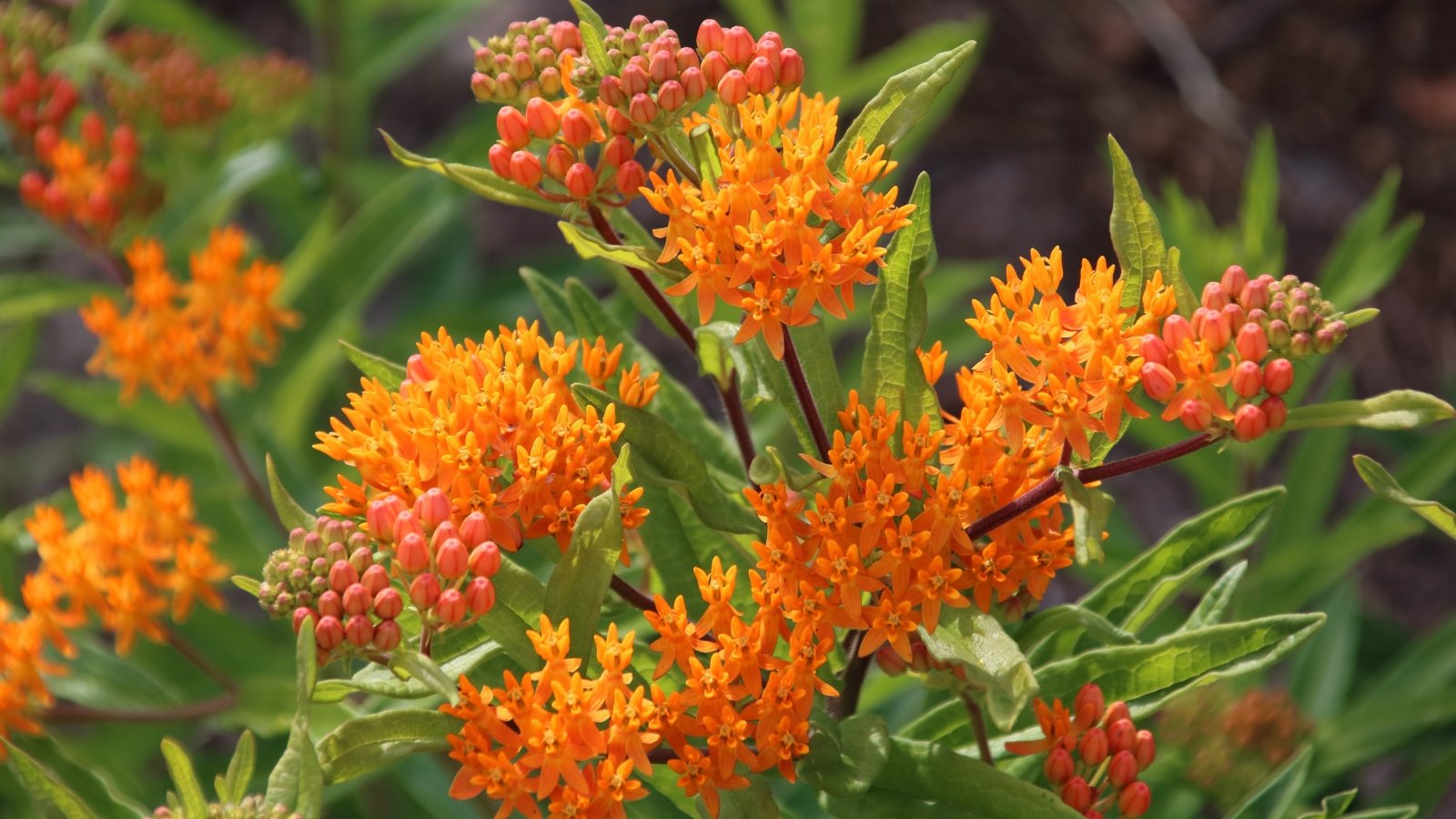
A popular type of milkweed, butterfly weed is happily at home in cut flower gardens, pollinator patches, and vegetable gardens. Traditional butterfly weed has bright orange flowers, but you can also find varieties with yellow blooms. Like all types of milkweed, butterfly weed serves as a host plant for monarch caterpillars and also provides nectar and pollen to other insects.
Butterfly weed remains shorter and more compact than many other milkweed species, so it’s a great option if you’re working with a small garden. I’ve tucked it at the top of my vegetable beds or near the edge of my garden with great success. The plants aren’t picky about the soil, but they require well-draining ground.
Calendula
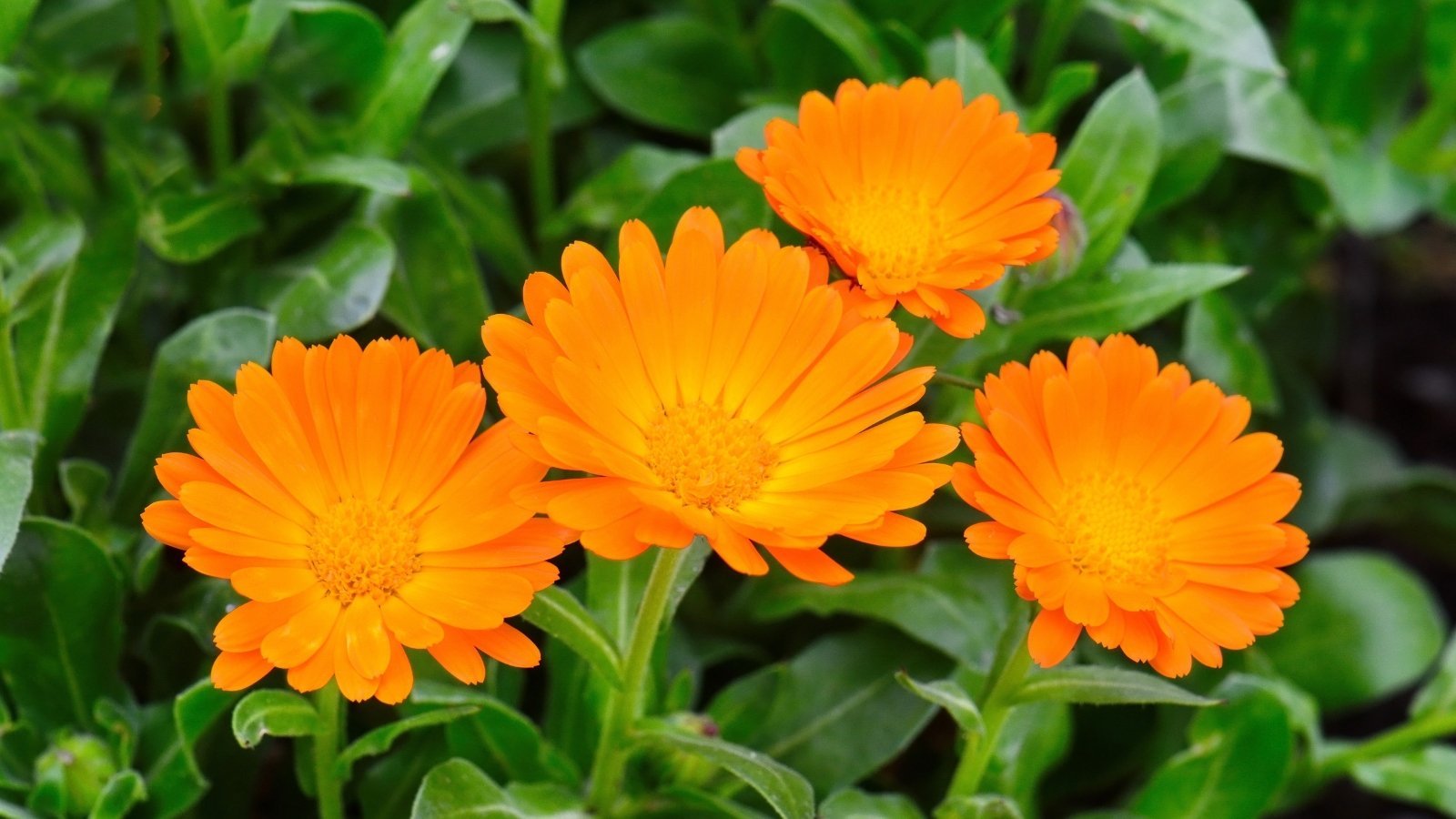
The first time I planted a few calendula plants, I was amazed at their ability to produce handfuls of new blooms each day. While the flowers take a few days to form and open, it seemed like new flowers appeared as soon as I harvested the old blooms. This wasn’t a problem since I intended to leave some of the flowers for beneficial insects and harvest others for bouquets.
Calendula flowers come in shades ranging from yellow to orange to peach, and these warm colors help break up the sea of green often found in veggie gardens. Some beautiful varieties to plant in your garden include ‘Zeolights’ and ‘Oopsy Daisy.’
Celosia
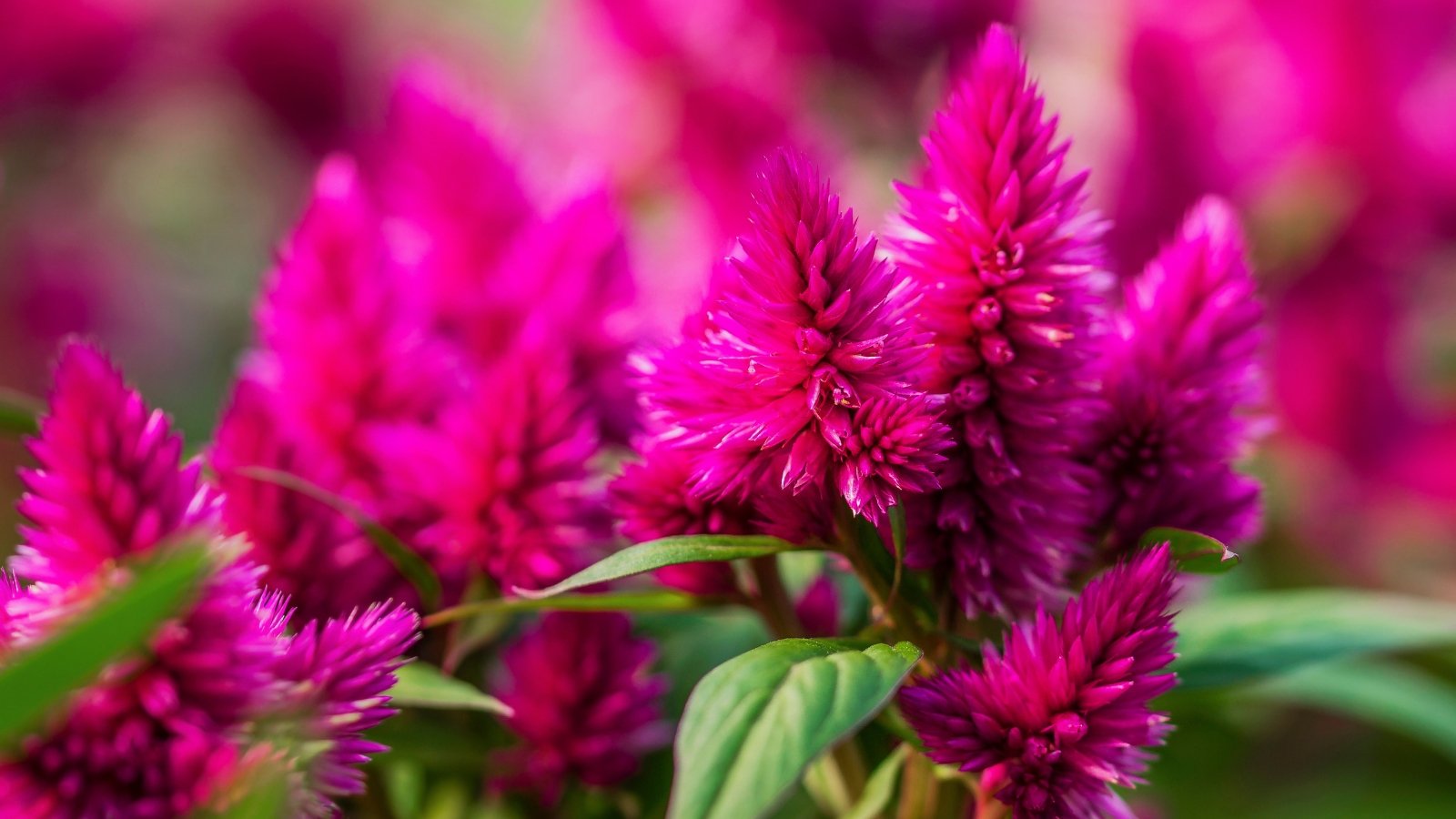
A popular and easy-to-grow cut flower, celosia fills your vegetable garden with colorful blooms. Since they can tolerate dry soils and lots of heat, they’re perfect for planting alongside summer veggies like tomatoes, okra, and peppers.
There are three main types of celosia: wheat, plumed, and cockscomb. Wheat varieties produce a single, upright flower stalk, plumed have multiple feather flower stalks, and cockscomb types have large flowers that resemble brains.
Chamomile
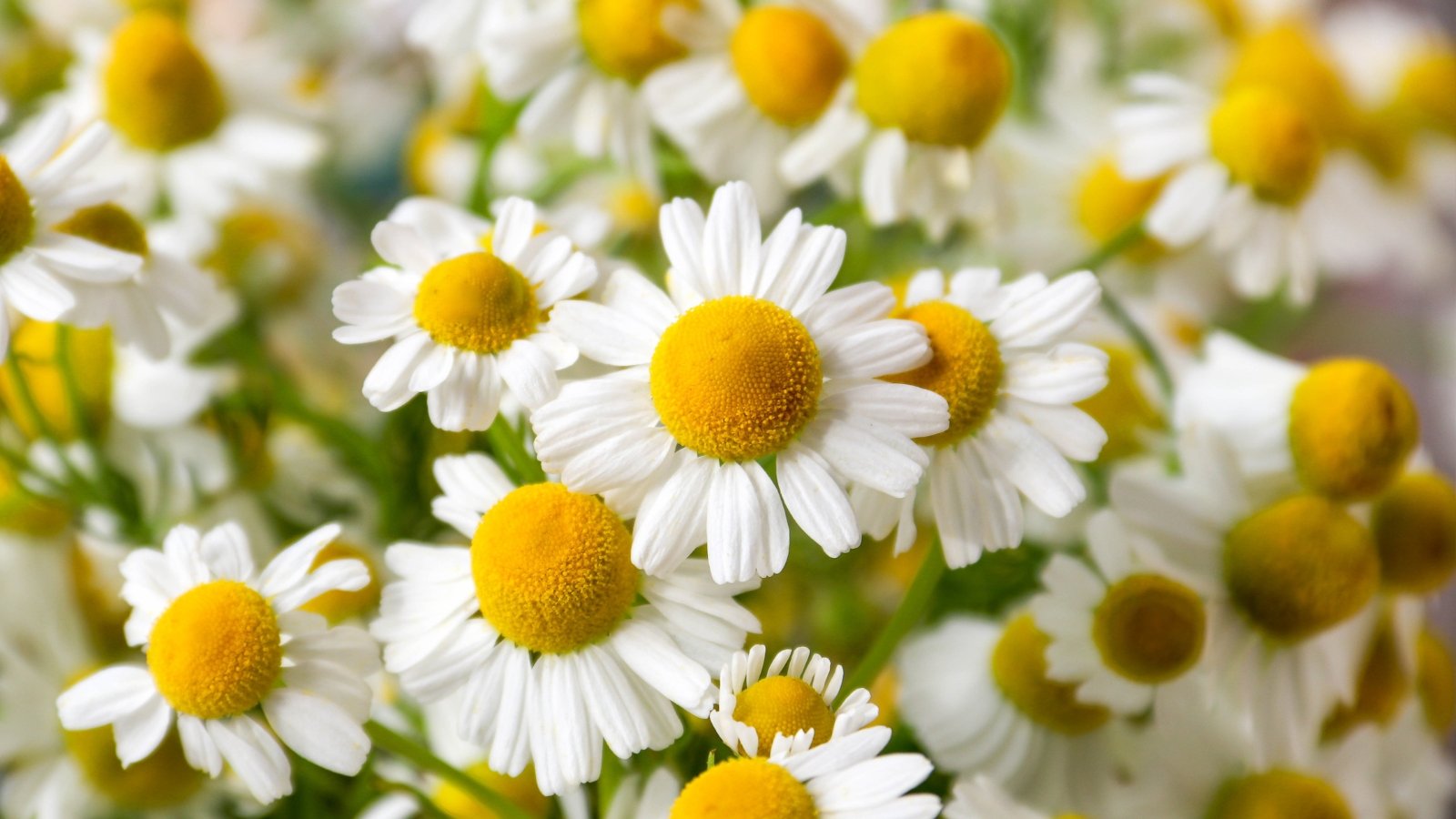
Check out chamomile if you’re looking for a low-growing plant covered with oodles of small flowers. Not only do these plants’ blooms attract all kinds of beneficial insects, but they also have relaxing properties that you can enjoy as an herbal tea.
There are two main types of chamomile: German and English/Roman. German chamomile (Matricaria chamomilla) is an annual plant that grows up to two feet tall and produces large quantities of flowers. Roman chamomile (Chamaemelum nobile) is a low-growing perennial that produces fewer but larger flowers than German chamomile.
Since these plants have different growing habits, each has a place in your vegetable garden. Try planting German chamomile amongst annual herbs like basil, cilantro, and dill, and plant Roman chamomile along your gardens’ edges or in the gaps between paver stones.
Clover
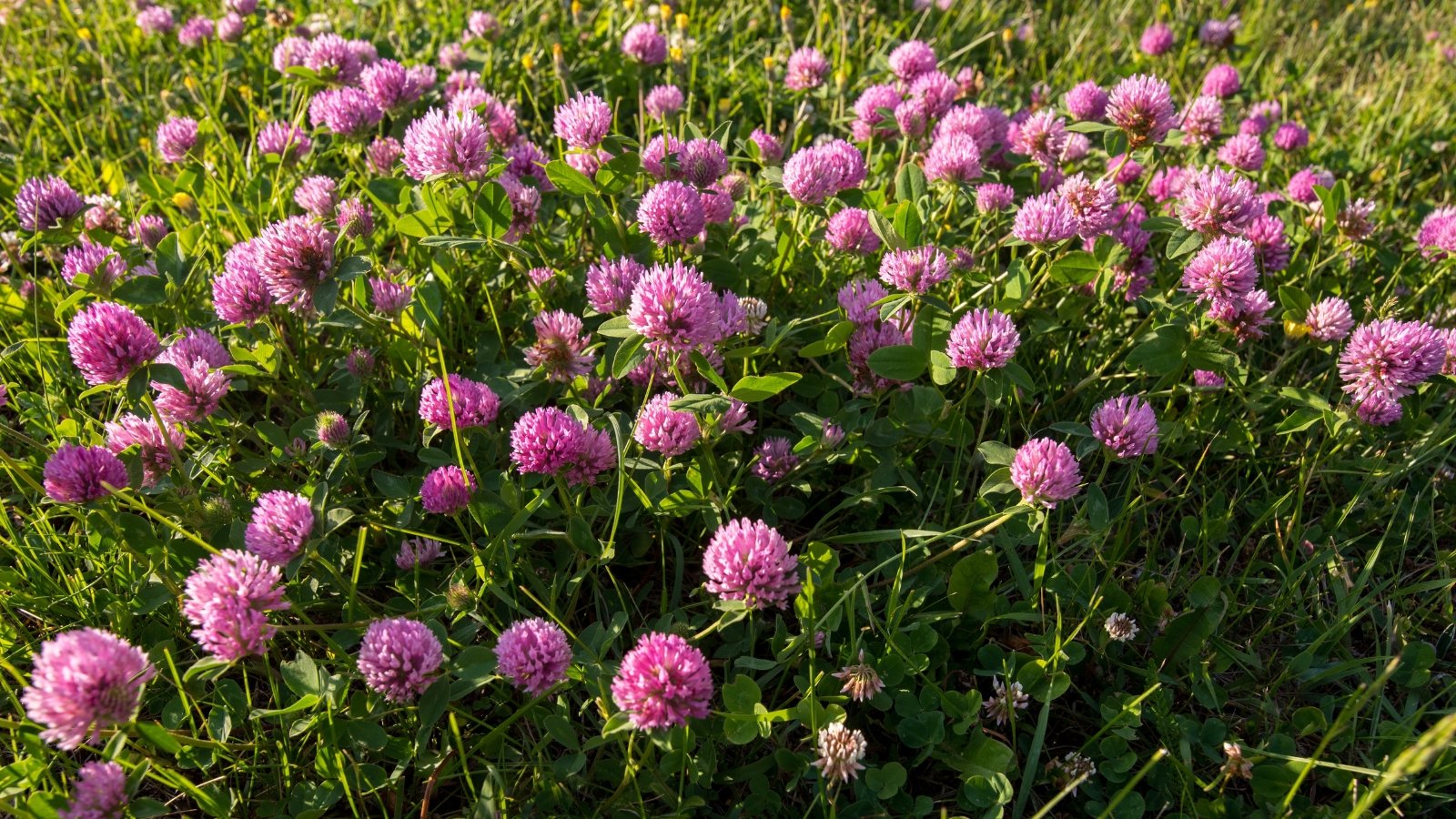
Whether or not you believe in the good luck of a four-leaf clover, there’s no denying that clover helps improve the health of your garden. Since clover is a legume, it hosts bacteria that convert atmospheric nitrogen into a plant-available form. That means planting a crimson clover or red clover cover crop before planting veggies decreases your reliance on nitrogen fertilizers.
Another option is to add clover to your garden while your veggies are growing. If you grow a small clover patch or line your walkways with low-growing Dutch white clover, the plants will produce flowers that feed beneficial insects.
Coneflower
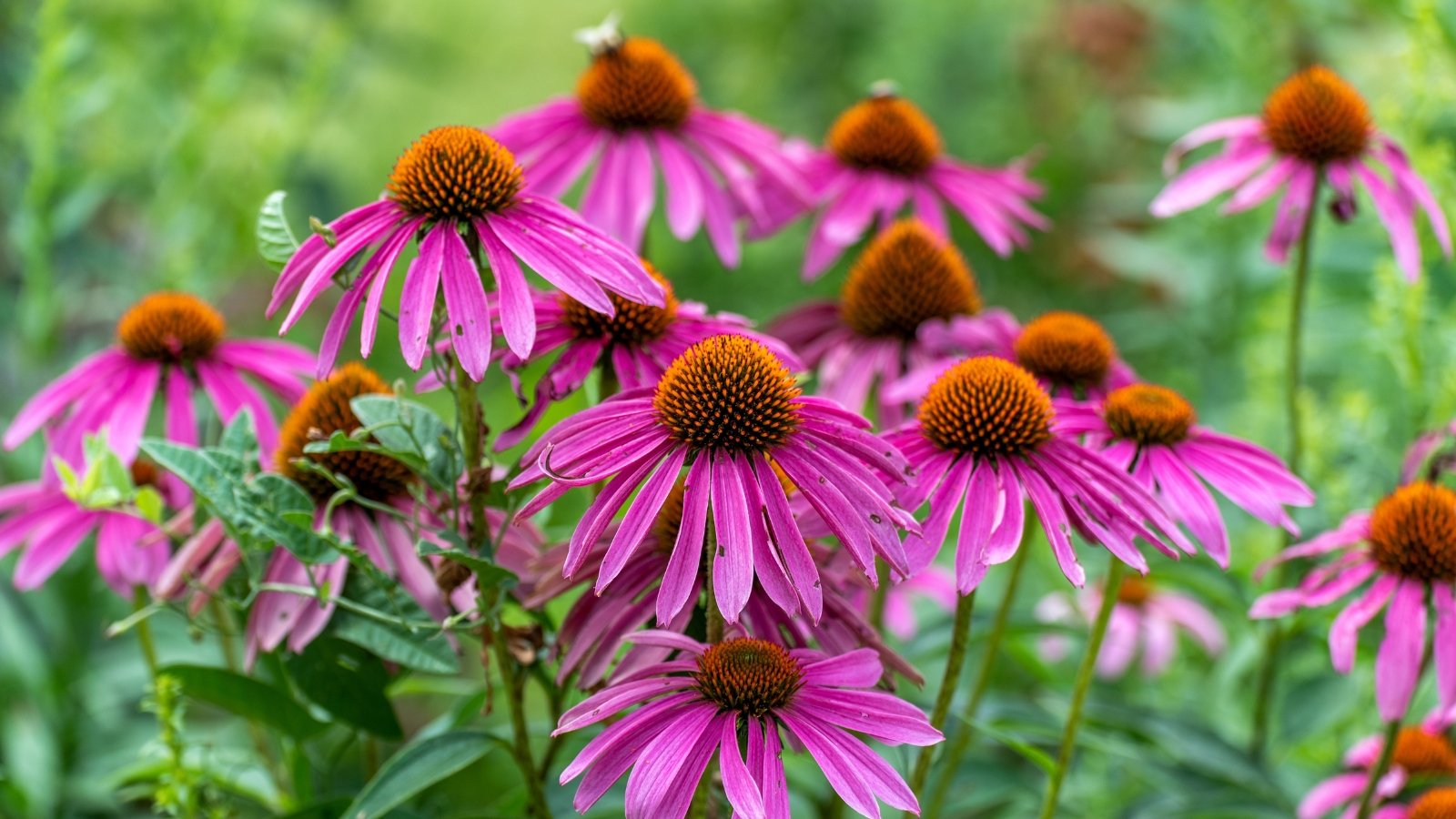
One of the most popular native perennial flowers, coneflowers provide multiple benefits to your vegetable garden. Their large flowers attract pollinators ranging from large butterflies to tiny ground-nesting bees, and they provide food for predatory insects like hoverflies and green lacewings.
Since coneflower is such a hardy plant, you can basically set it and forget it. The North American-native plants can tolerate poor soil and drought, so you can plant them in the less-than-desirable patches of your garden.
If your plants spread and begin to take up too much space, divide the plant’s roots and move them to new areas of your property. Or, share your excess plants with your friends or local gardening club!
Coreopsis
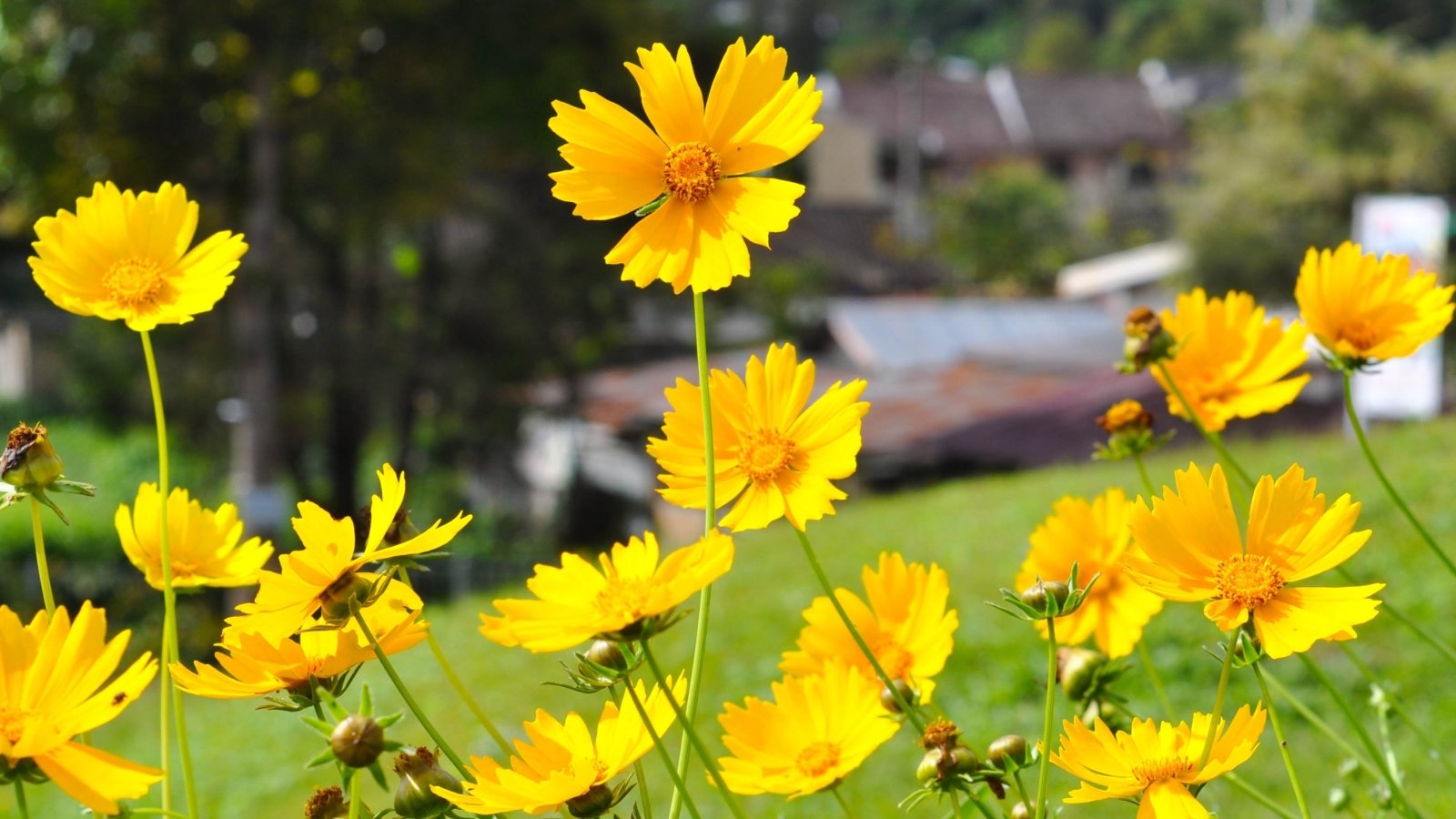
Also known as tickseed, the Coreopsis genesis consists of over 70 species of flowering plants native to the United States. Some of these plants grow as perennials, while others are annuals. Since there are so many different species and varieties of coreopsis, take a moment to find one that offers the height and color you like.
No matter which species and variety you select, you’ll enjoy delicate ruffled flowers that appear atop long and slender stems. The plants bloom for multiple months and attract a variety of beneficial insects.
Cosmos
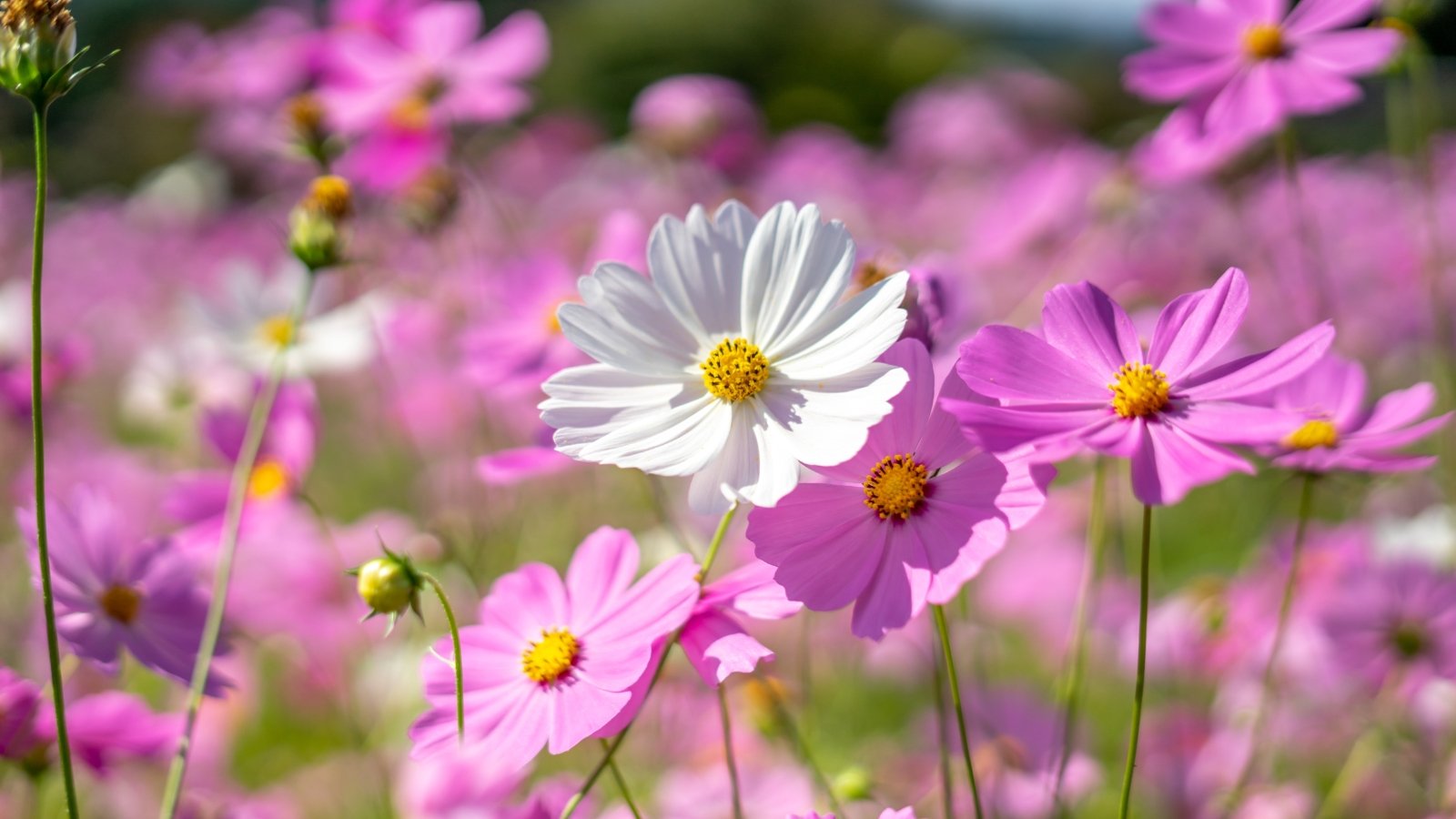
Is there anything more beautiful than watching cosmos flowers sway in a summer breeze? Whether you choose bright orange ‘Diablo’ or pink and white ‘Candystripe,’ you’ll enjoy the delicate blooms and lacy foliage. These flowers increase the aesthetic appeal of your veggie garden and help provide food for beneficial insects.
While cosmos blooms appear atop thin stems, healthy plants can grow multiple feet wide. Therefore, you should plant them at least a few feet away from your veggie plants.
Another thing to keep in mind is the cosmos’ tendency to self-seed. Although the plants are annuals, they regularly release seeds that sprout up the following year. If you want to avoid future cosmos in your veggie garden, remove the flowers before they mature.
Dill
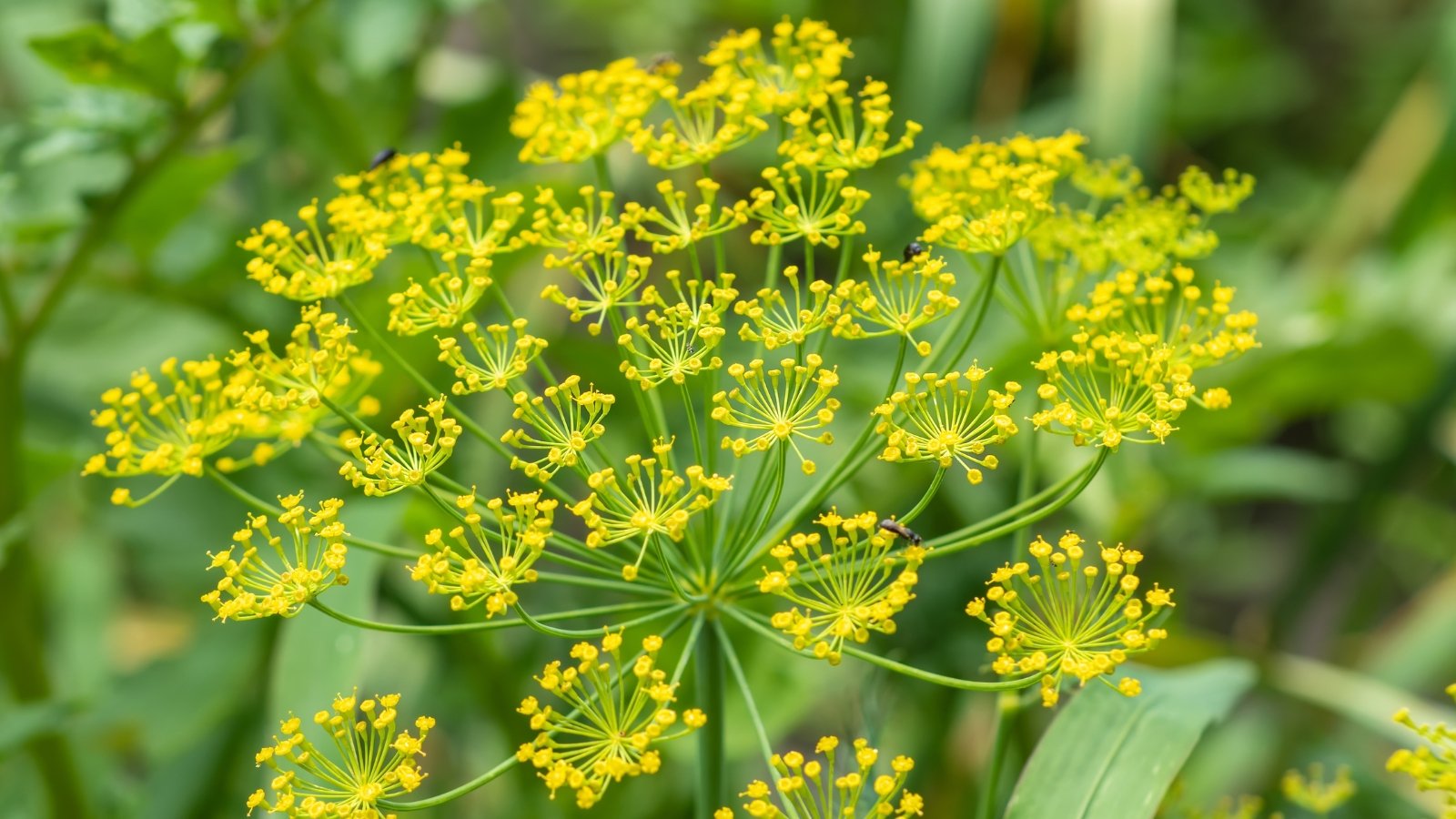
While you may think of dill as a fragrant herb that brightens up potato salads and pickles, these plants also produce beautiful clusters of tiny yellow flowers that appear in an umbel. The individual flowers are teeny-tiny, so they’re a great way to attract small insects like parasitic wasps.
Dill plants will produce their fragrant foliage before sending up flowers. Therefore, you can harvest the herb to enjoy and leave the plants in the ground until they produce flowers. Succession planting dill is a great way to have a continuous supply of both leaves and blooms.
This popular herb also serves as a host plant for the eastern black swallowtail butterfly. Keep a lookout for the green, yellow, and black caterpillars!
Marigold
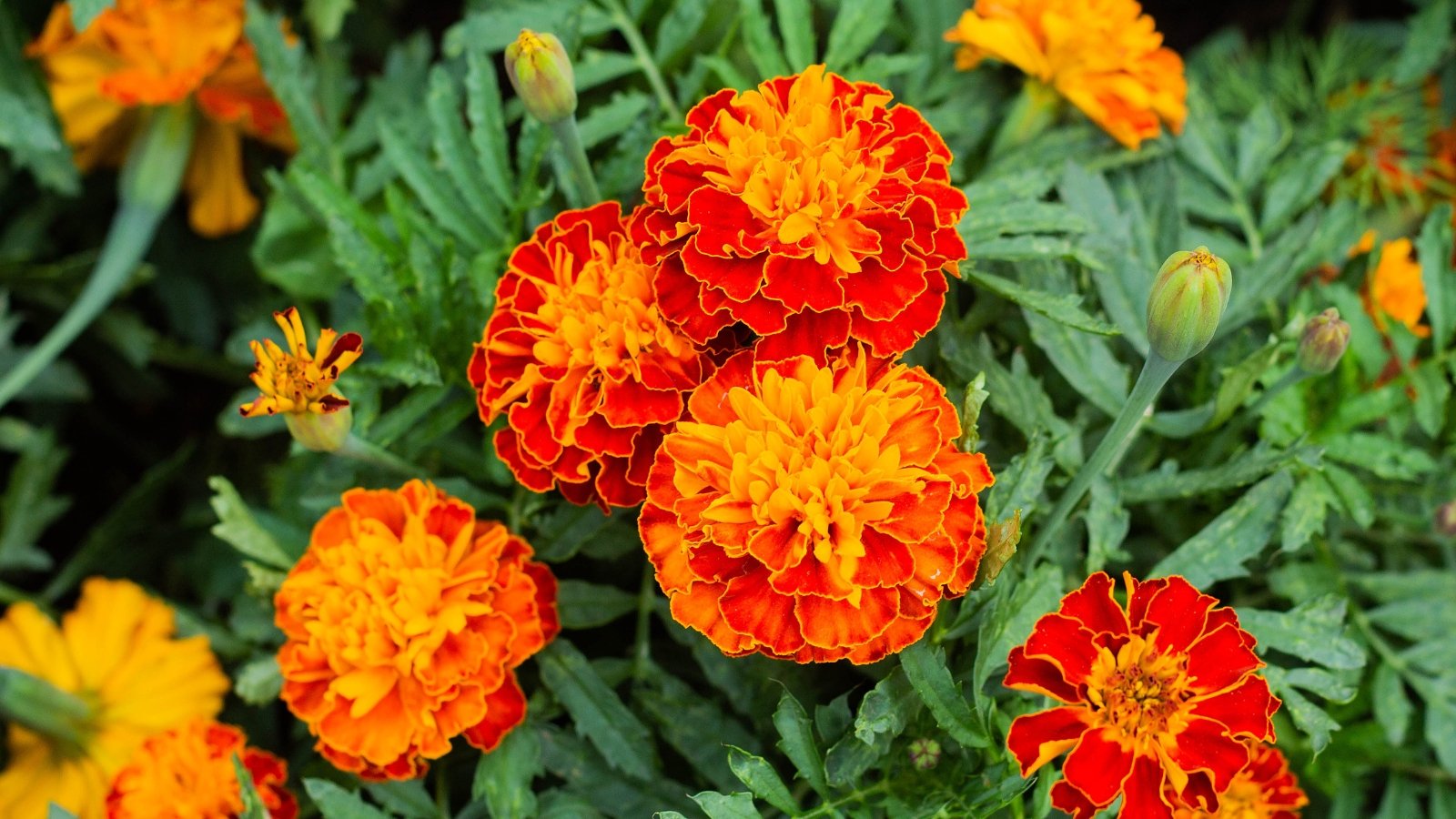
Like most flowers, marigolds help attract beneficial insects to your garden. However, you may have heard people attest that marigolds repel pests. While research studies show that marigolds help keep pests like whiteflies in check, it’s difficult to say whether this is due to the fragrance of the flowers or the predators they attract.
Regardless of the details, it’s clear that marigolds help keep good bugs away and limit your reliance on pesticides. Leave a few feet of space between your marigolds and vegetables to account for each plant’s spread.
Mountain Mint
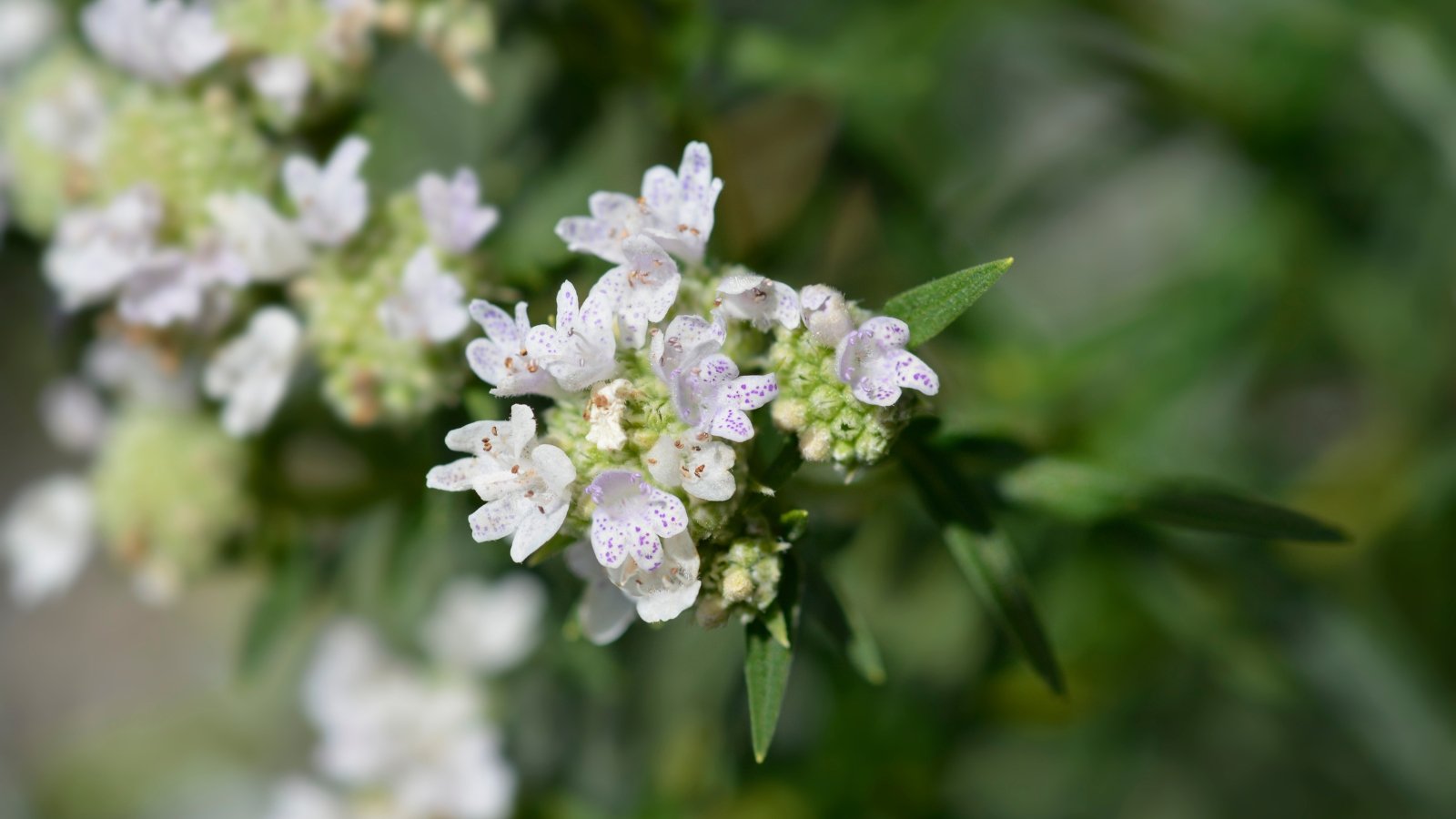
If there’s one plant that’s a magnet for all kinds of bees and wasps, it’s mountain mint. Although the Pycnanthemum genus is a member of the mint family, gardeners love it for its plethora of flowers rather than its aromatic foliage. Each summer, the plants produce hundreds and hundreds of flowers, which explains why the genus means “densely packed flowers.” These flowers attract so many bees and wasps that you can often close your eyes and hear them buzzing.
While you may think these winged critters will limit your garden enjoyment, most species remain docile unless provoked. However, they help pollinate your crops and control pests like aphids and tomato hornworms.
There are many different species of mountain mint, and each one is suited to a specific environment. For example, blunt mountain mint (Pycnanthemum muticum) can tolerate drought, while coastal plain mountain mint (Pycnanthemum virginianum) is better suited to moist soil.
Nasturtium

As one of the most popular edible flowers, nasturtiums go well with your veggies in the garden and kitchen! The large flowers and round leaves both pack a peppery punch that helps brighten up salads.
You can find bush and trailing nasturtiums, so make sure you choose the variety best suited for your garden. Bush plants will remain shorter and more compact while trailing types grow best with the support of a trellis or arbor. Beware that the trailing varieties can get out-of-hand in some climates.
Some people claim that nasturtiums repel insect pests, but few studies support this. However, these flowers help attract beneficial insects that feed on common garden pests.
Phacelia
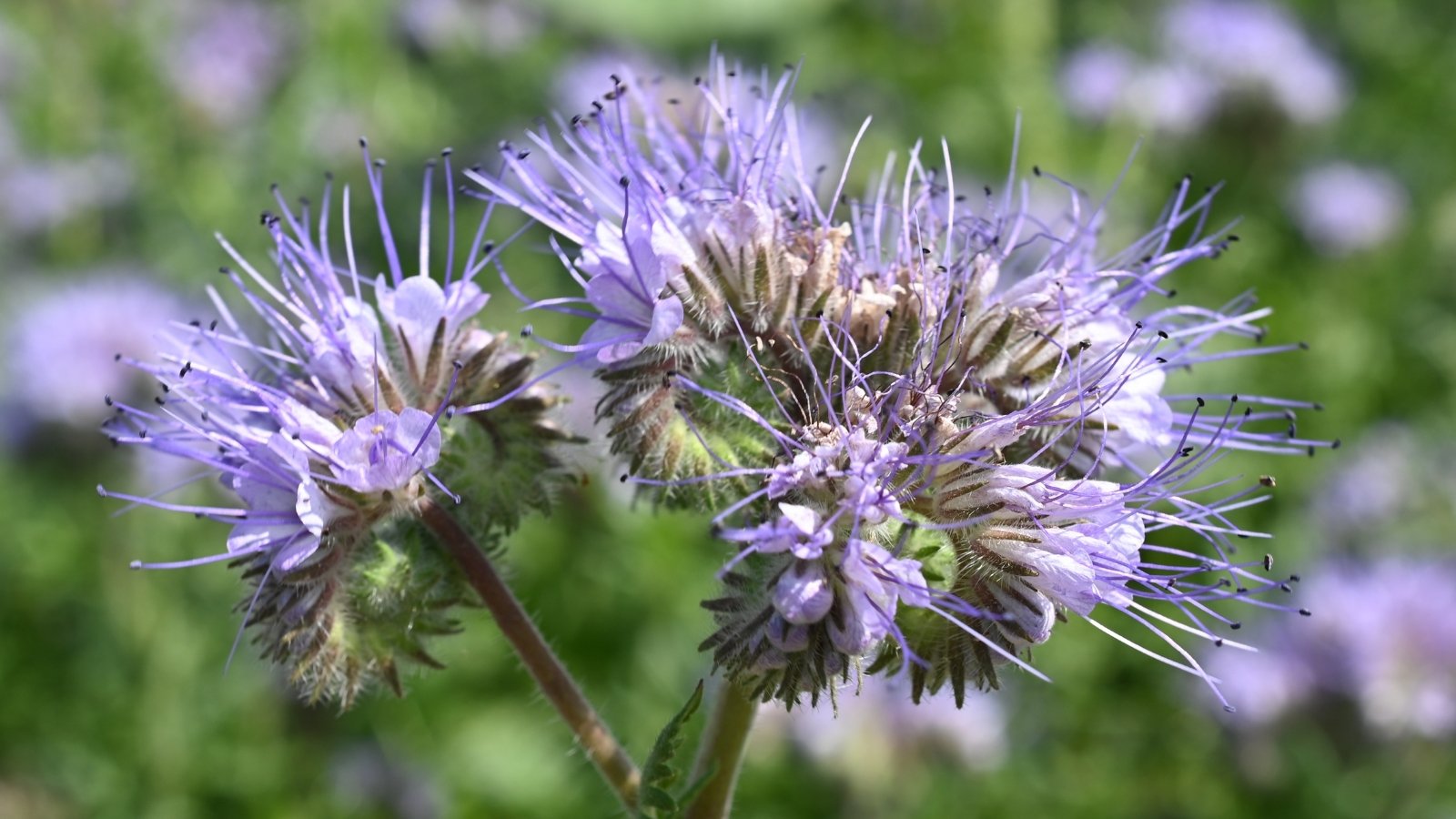
A lesser-known flowering cover crop, phacelia is an excellent summer cover crop for vegetable gardens. The plants can tolerate high heat and drought, so you don’t have to worry about the hot summer sun zapping them. The unique purple flowers pump out pollen and nectar, which attracts predatory insects like hoverflies, tachinid flies, and parasitic wasps. These predators then head to your veggies to help control pests like aphids, spider mites, and caterpillars.
Planting phacelia before a fall vegetable crop keeps weeds down and also improves soil organic matter. While it doesn’t add nitrogen to the soil like legumes, its robust root systems catch and hold nitrogen, preventing it from leaching out of the soil. The nutrients reenter the soil when you till them into the ground or compost them. The dried stems and leaves make a nice straw-like mulch.
Rudbeckia
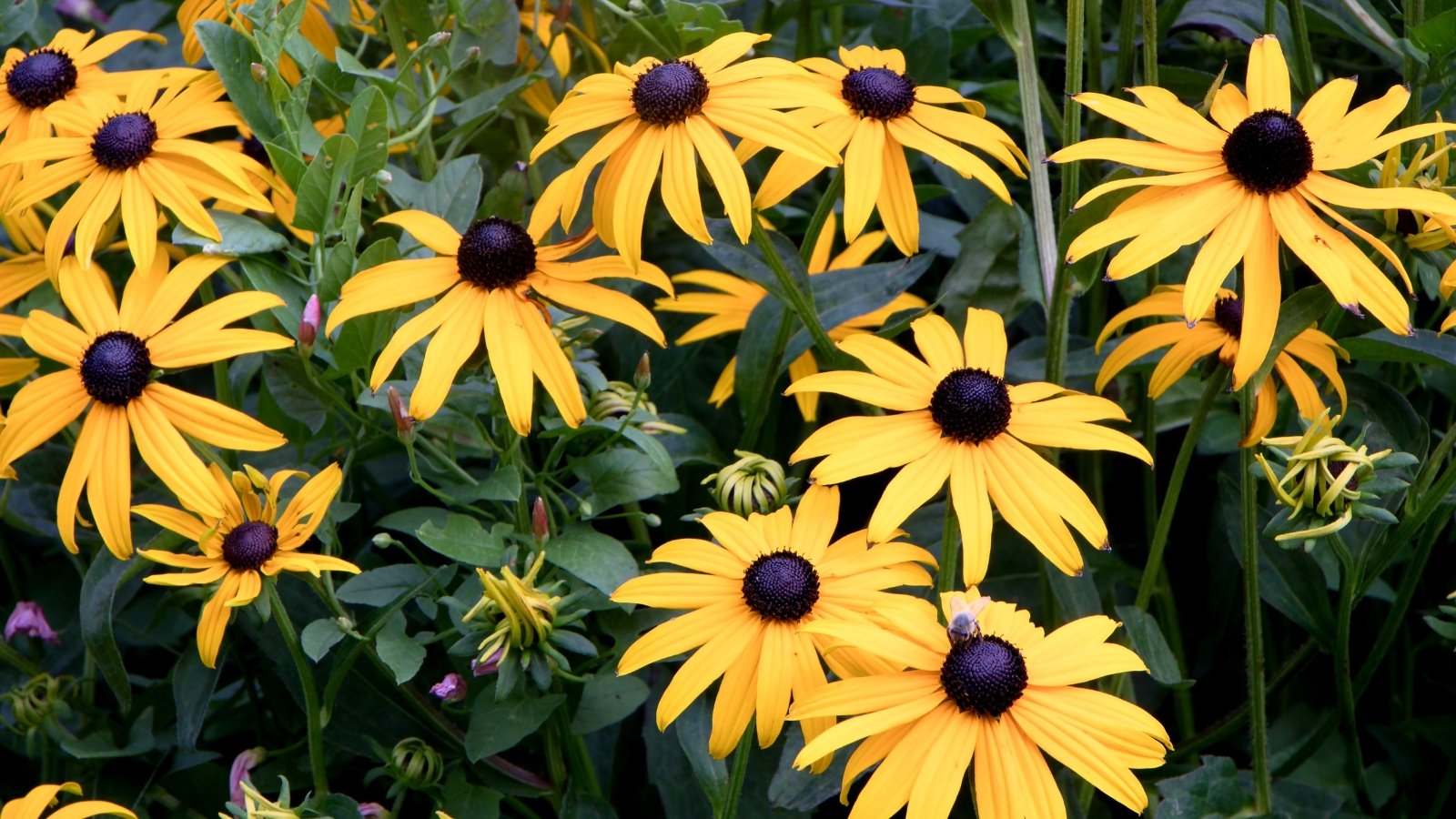
Another beloved perennial plant, rudbeckia is one of the best plants to add to rocky edges or patches of your vegetable garden. Also known as black-eyed Susans, these flowering plants can tolerate drought, poor soil, scorching sun, and more. You’ll appreciate their hardy nature in the summer when trying to keep up with trellising tomatoes and harvesting beans.
While these plants look stunning on their own, they mix well with other hardy perennials like coneflower, bee balm, and yarrow. Try setting aside a small patch of your vegetable garden to grow them. The flowers attract beneficial insects, and the foliage will provide them with a suitable habitat.
Sunflower
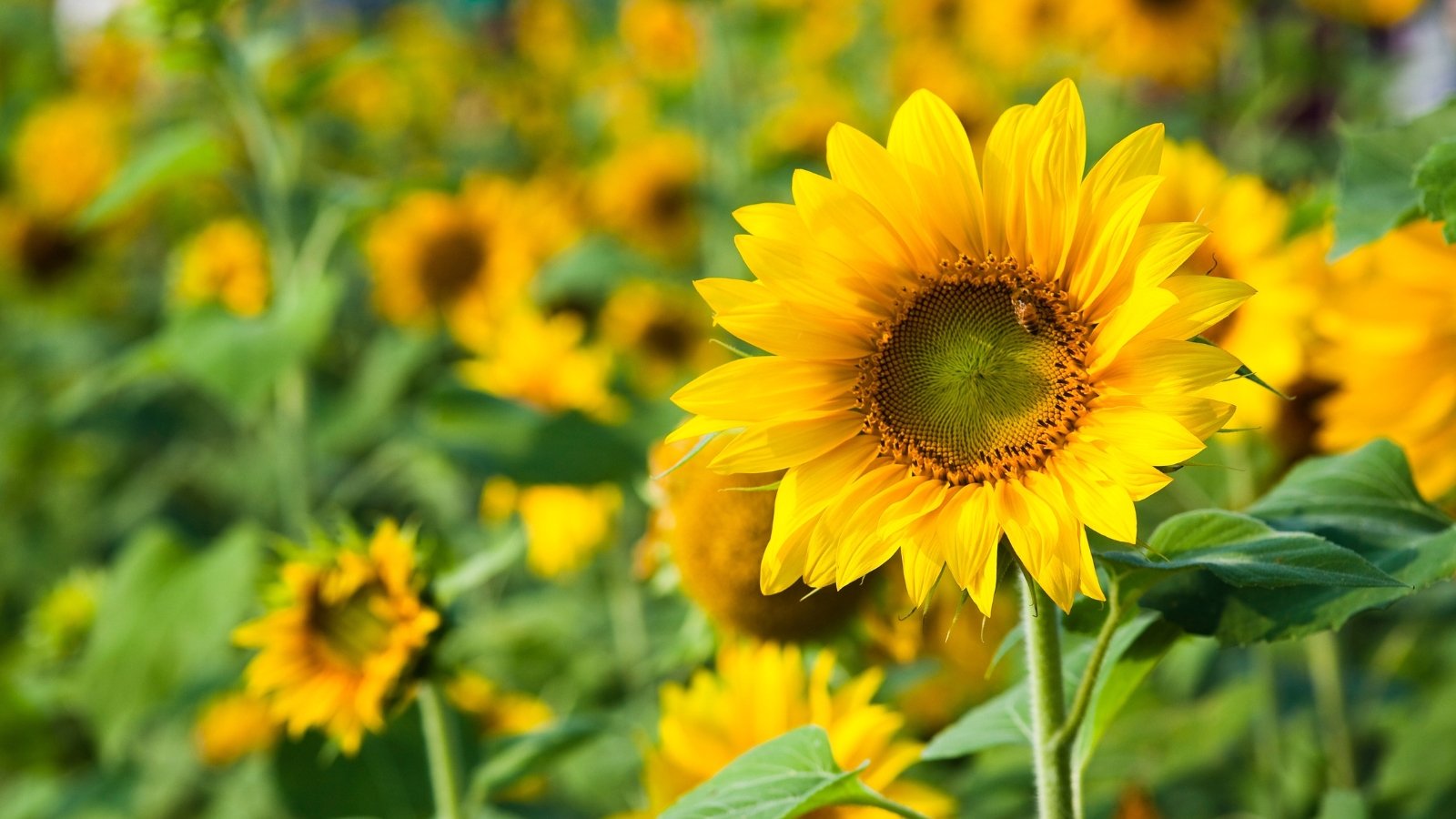
Is a summer garden complete without sunflowers? These bright flowers bring beauty to the garden, work well in bouquets, and help attract bees and birds. While some people think each sunflower is a single flower, each bloom actually contains hundreds of tiny flowers that support beneficial insects.
Before you plant sunflowers in your vegetable garden, be aware of the shade they’ll create. Since most sunflowers grow taller than your veggie plants, aim to plant the flowers on the north side of your garden. This will prevent the stalks from shading out sun-loving veggies.
Another thing to think about is whether you prefer single-stem or branching flowers. Single-stem varieties such as ‘Zohar’ produce one bloom per plant, so they’re a good option for tight areas. Branching types like ‘Goldy Honey Bear’ produce multiple flowers but also take up more space in your garden.
Sweet Alyssum
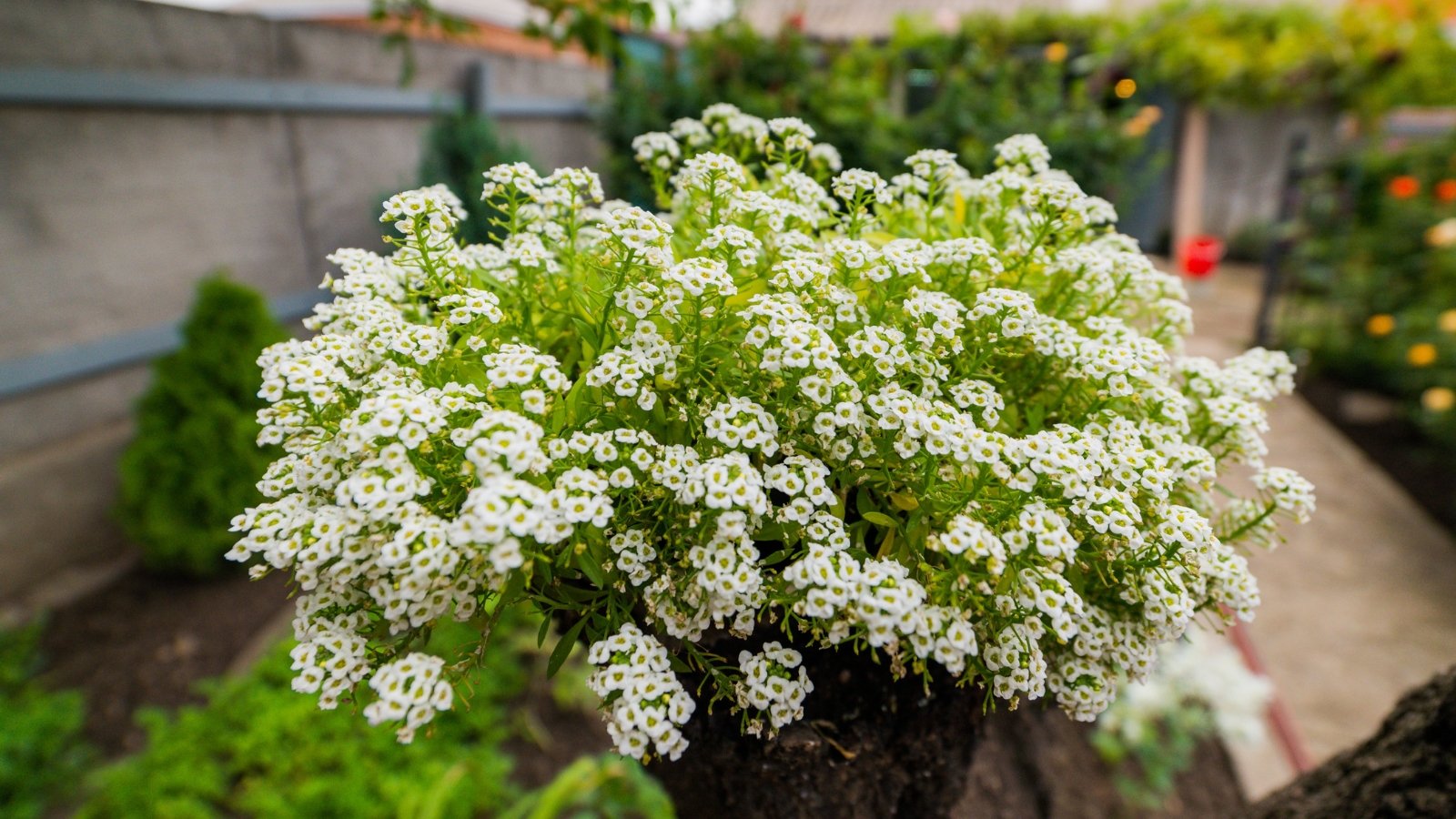
While many popular flowers are large enough to crowd or shade out small veggies like lettuce and radishes, sweet alyssum fits in well beside many common vegetables. The plants produce loads of tiny flowers that small hoverflies and parasitic wasps flock to. It is one of the most commonly used companion plants among commercial organic farmers.
Since alyssum prefers cool weather, it grows best in the spring and fall. It’s a particularly beneficial addition to your spring veggie garden when few plants are flowering.
Because the plants remain under a foot tall, you can tuck them beside larger crops like tomatoes and pole beans. The plants will help block weeds, and the flowers will attract predatory insects and pollinators.
Yarrow
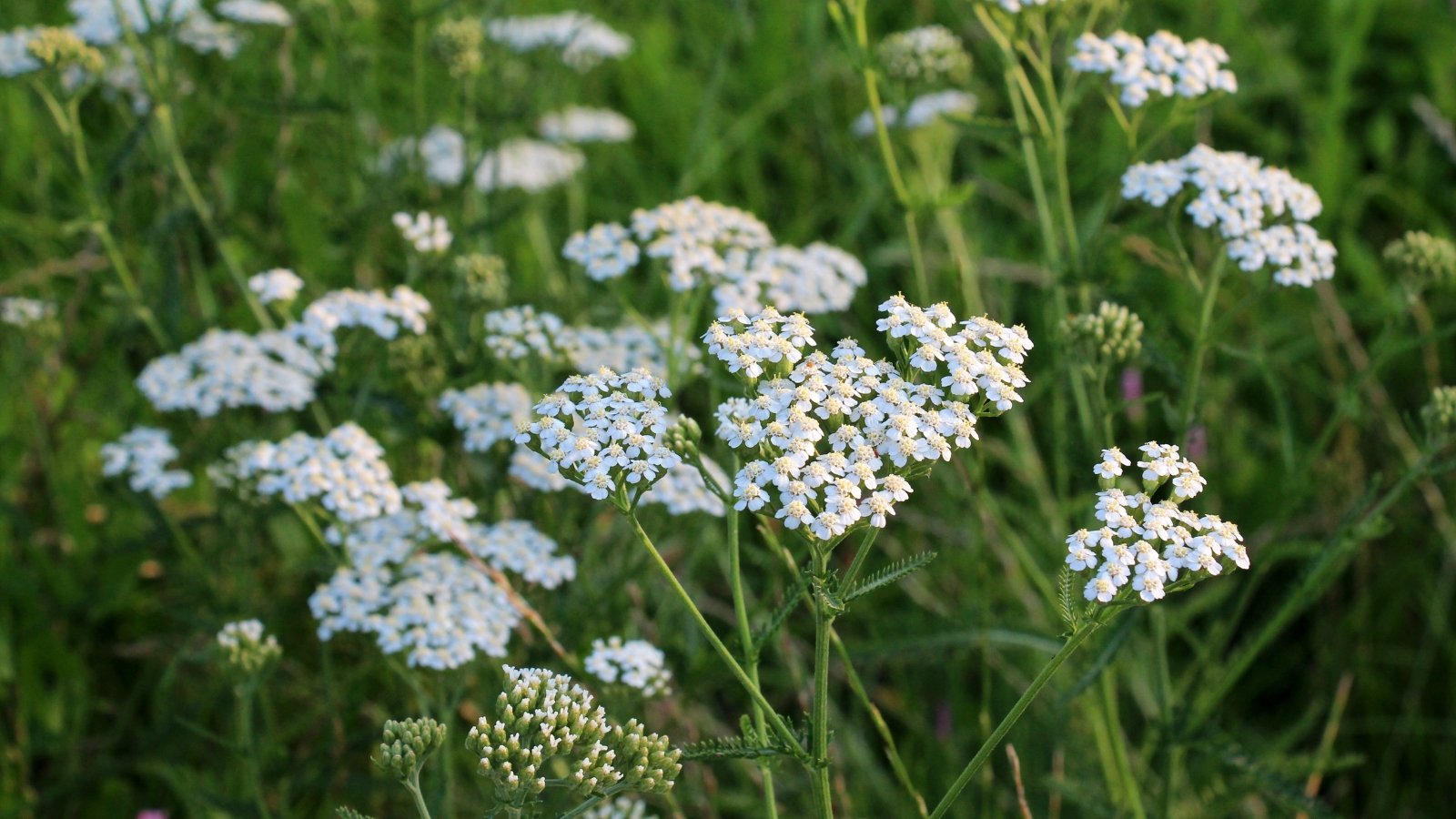
Yarrow is a low-maintenance perennial that grows well in poor, rocky soils and thrives without fertilizer. It can tolerate periods of drought and is rarely bothered by pests or diseases. While the plants are hardy, they have a tender appearance with feathery foliage and clusters of small flowers.
These flowers come in colors including white, pink, and yellow, so it’s easy to find a shade you like. Regardless of which yarrow variety you choose, the flowers will attract beneficial insects, including bees, hoverflies, green lacewings, and more.
Yarrow doesn’t spread aggressively, but the plants’ clumps get larger over time. If you notice your yarrow plants are crowding your veggies, you can dig up the clumps and divide them.
Zinnia
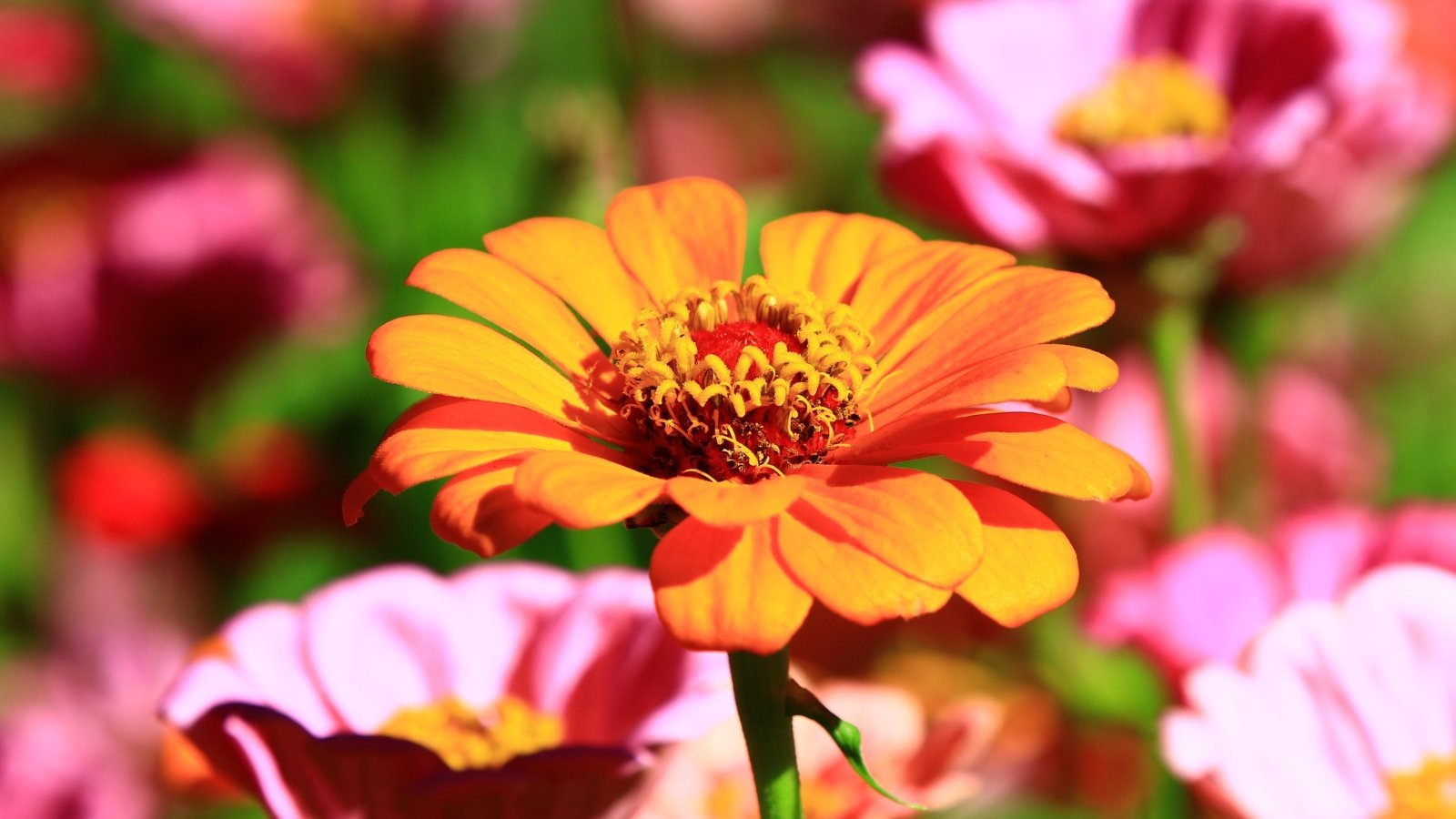
As one of the easiest-to-grow annual cut flowers, zinnias belong in every vegetable garden. The plants flourish in the summer heat, sending out handfuls of bright flowers. Since there are so many zinnia varieties available, you can find flowers in multiple colors and sizes.
No matter which variety you choose, you’ll enjoy the bright pops of color the flowers add to your veggie garden. Enjoy watching the blooms while you weed and harvest, and you’ll also be able to see the butterflies, bees, and other insects that flock to the flowers to feed.
While you may think of zinnias as small plants, remember that these plants grow in a branching shape that takes up multiple square feet of space. Therefore, you should leave multiple feet of space between your zinnia plants and short, tender veggies.
Final Thoughts
Adding flowers to your vegetable garden adds beauty and helps attract beneficial insects like parasitic wasps, ladybugs, and hoverflies. These good bugs help keep pests in check and make vegetable gardening more enjoyable. So make sure to plant at least one type of flower amongst your veggies!





